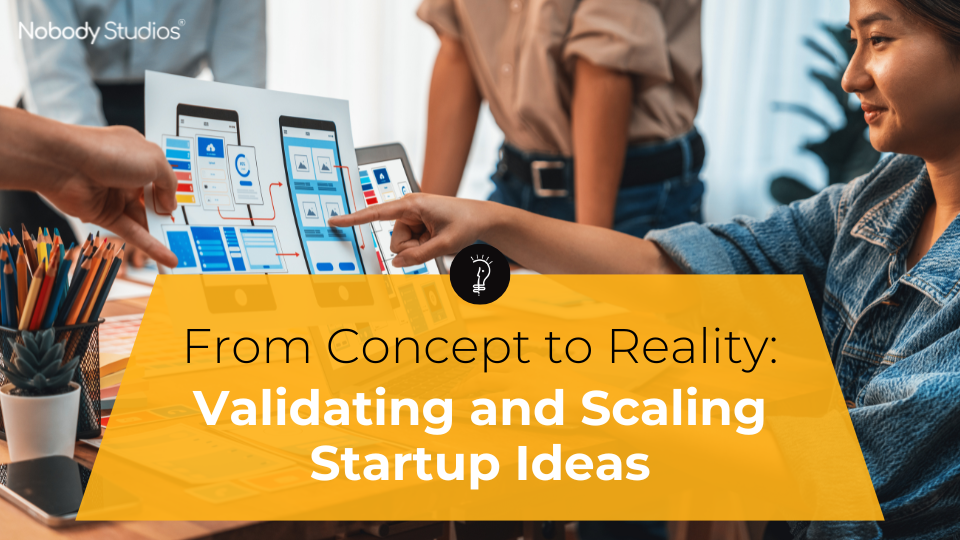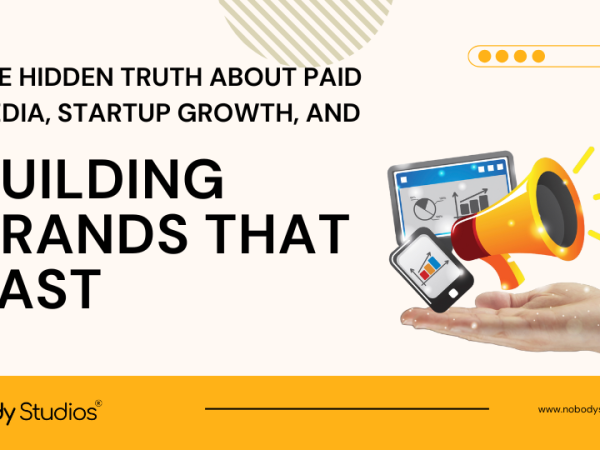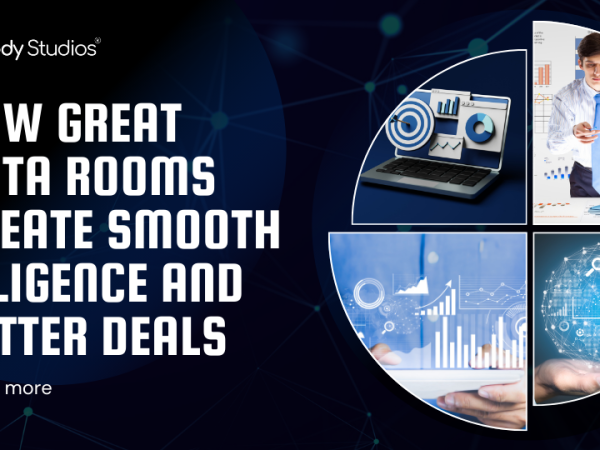
Building a successful startup from an initial idea to a thriving business is a complex journey. It requires careful validation, strategic development, and effective scaling. Understanding how to navigate these critical stages can significantly impact a venture’s success.
The Genesis of an Idea: Is It Worth Pursuing?
Every great startup begins with an idea, but determining its worthiness before investing significant time, money, and energy is crucial. A key initial filter is personal alignment: “Is this idea for me?” Even if an idea seems generally good, it’s important to consider if it’s the right use of one’s time and passion.
Beyond personal fit, “paper validation” is an essential early step. This involves mocking up the idea using tools like Figma or Canva and presenting these mock-ups to potential customers. The goal is to gauge initial reactions and gather feedback without building out a full product. This process helps to crystallize the vision and ensure that the proposed solution resonates with the target audience. It’s about having conversations with prospective customers early on to understand their needs and how they might perceive the value of the offering. This proactive approach can prevent the costly mistake of building a product only to find that it doesn’t meet market demand.
Testing and Validating Ideas Before Diving In
To effectively test and validate startup ideas, the emphasis should be on showing rather than just talking about the concept. Visual aids and mock-ups help bridge the gap between what an entrepreneur envisions and what a potential user understands. Users will ultimately interact with the tool based on their own objectives and perceived value, which may differ from the creator’s. Therefore, understanding the user’s perspective on the value proposition, appearance, and usage of the product is paramount.
Companies can integrate customer feedback directly into their product development processes. For example, some successful companies ensure a direct relationship between customers and product teams to avoid operating in a “bubble” or creating an “echo chamber” of self-validation. This continuous feedback loop helps refine the product and ensures it addresses actual user needs.
Balancing Perfection and Market Entry
A common dilemma in product development is whether to pursue perfection or get a rough, semi-ready product to market quickly. While some iconic figures are known for their relentless pursuit of perfection, this often comes with the luxury of significant investment and extended development timelines. For most startups, a more pragmatic approach is necessary.
The concept of “pattern-breaking ideas” often means building something that is “non-consensus but bright”. This involves envisioning the future and working backward to determine how to build it in the present. For instance, the advent of GPS in early smartphones enabled entirely new services like ride-sharing and food delivery that were not immediately obvious. Identifying these newly possible elements can lead to truly unique business models.
When forecasting product development, it’s crucial to consider “product sequence”. This involves dreaming big about the future while also identifying what can achieve “product solution fit” early on. This initial focus helps build a customer base and gain traction, providing the resources and credibility to pursue larger visions.
Essential Features and Long-Term Vision
Determining which features are essential for a product’s core value proposition is challenging. Founders often want to include everything, but prioritization is key.
From a brand and company perspective, “stickiness” comes from value alignment with the vision. Staying true to the core vision helps ensure people remain engaged with the product and its future development.
When deciding on features, observing how users interact with what’s being created and where they perceive value is crucial. This can be done through data analysis, user feedback, and consistent communication with customers. It’s a recurring process, not a one-time event.
A product person needs conviction about their thesis. If a broad feature set is presented without a clear articulation of the most critical elements, it suggests a lack of refined thinking. Mock-ups can be used to present the entire vision to potential users, allowing their reactions to guide the identification of “anchor features” – those indispensable elements that gain customer buy-in and enable future development. Many successful startups began with a single core offering and then expanded as they gained traction, demonstrating the importance of prioritizing initial success to fund and enable broader long-term goals.
Navigating the journey from a nascent idea to a flourishing startup requires a blend of vision, pragmatism, and continuous learning. By rigorously validating concepts, prioritizing essential features, and maintaining an unwavering focus on user value, entrepreneurs can significantly enhance their chances of building impactful and enduring companies.


